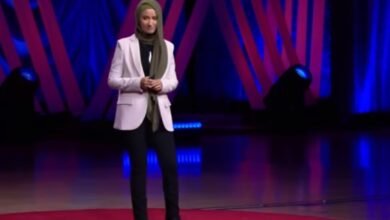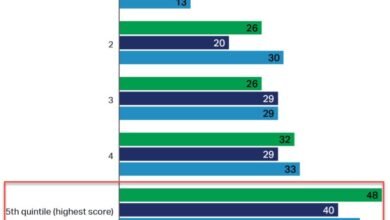Generative AI could save 300 billion work hours a year, equivalent to an average of roughly two hours per employee weekly!

By | Nicolas BEHBAHANI | Global People Analytics Leader @ TechnipFMC | Leading Global HR Analytics, Driving Business Growth
💡 Workplace maturity will be reached with a productivity gain expected between 6 and 10 years!
As generative AI reshapes the workplace, it could place new stresses on organizational structures.
💥 The spread of generative AI is impressive not only in terms of geographic breadth but also speed of adoption across industries. This spread across all job types is unprecedented.
📉 Some 55% of employees use generative AI at least once a week at work, but 61% of users do not find it very trustworthy. Of those 61%, 40% would nevertheless use it to help them make big financial decisions, and 30% would share more personal data for a better experience.
🚩 Junior employees armed with generative AI may potentially replace their first-line managers, leaving a vacuum in the middle of the job pyramid.
Generative AI’s potential is vast, yet years of scaling are needed for full productivity benefits, according to a new interesting research published by Oliver Wyman Forum using data 📊 from more than 25,000 people across 15 countries the between June and November 2023.
✅Extraordinary potential of Generative AI: $20 trillion and 300 billion hours

Researchers estimate that generative AI could add up to $20 trillion to global GDP by 2030 and save 300 billion work hours a year.






